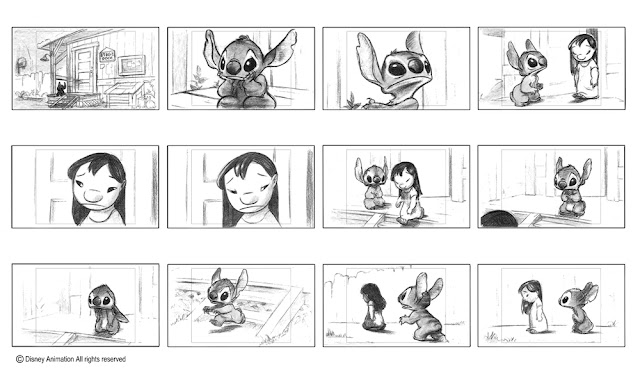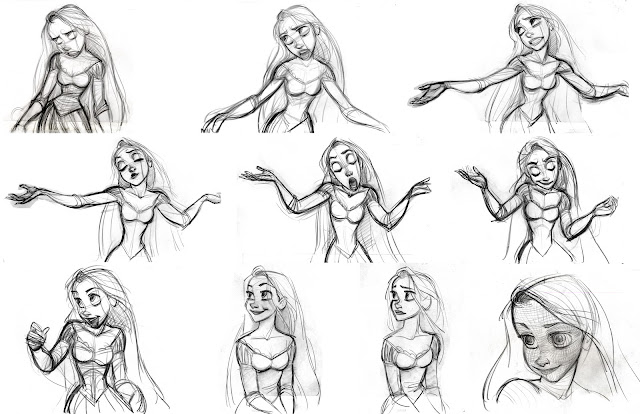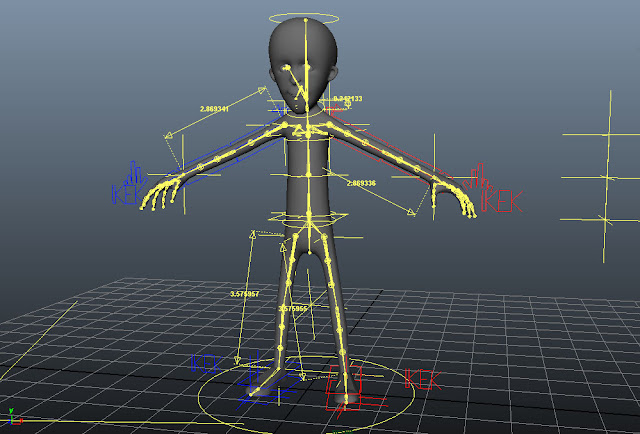1. Pre-production
In pre-production stage you will need to work on your filmmaking idea. You must have an idea, story which includes writing. Once you have your idea, you can turn in into a film. There is many planning during the process of pre-production. Which is casting crew, find suitable location, prepare props / costumes, set the budget and plan a production schedule.
2. Production
Production begins once the footage is recorded. This process will capture all scenes and information captured in the pre-production process. During the production process you apply various lighting equipments, framing and work on composition. Some projects will also shoot B-Roll during the production process.
3.Post-production
The post production process begins after all the footage has been captured. Graphics can be added along with images, music, colour correction and special effects.
Animation Movie
1. Pre-production
For animation pre-production the first process in the animation pipeline is the most important part. The main concept will turned into a full story, once the story is finalised, the script, short sequence and camera angles are worked on.
After that, the important part is the storyboard. It helps to finalised the development of the storyline, and is an essential stage of animation process. On the storyboard it includes the changes of each frame, notes describing what is going to happen each scene and camera movements.
Storyboard

After the storyboard is approved, they will sent to the layout department which then works closely with the director to design the location and costumes.

Model sheets are drawn groups of pictures that show all of the possible expression of a character that can make, this sheet are created in order to both accurately maintain character details. After that character design are finalised the production can start their blueprints and send to the modelling department.

The VFX studio creates simplified mock-ups called " Animatics" shortly after the storyboarding.
2. Production
After the storyboard is approved the projects enters the production phrase. Some major part during the production are layout, modelling, texturing, lighting, rigging and animation. Using models of geometry in the place of final set and characters. In this stage, directors approve camera movement, depth of field and the composition of the models. Models are usually split into two or more departments. Once the model is approved, it will be made available to the rigging and texture paint departments, to complete the final stage in preparing the model for animation and rendering. After the model is done the lighting artist have to think lighting the individuals scene, they also have to bring all the elements together.
Rigging is the process of asking bones to a character of defining the movement of a mechanical object, and it is central for the animation process.

After rigging meticulously planning of a character's performance frame by frame is applied in 3D graphics using the basic principles and aesthetic judgments that were first developed for 2D and stop-motion animation.The effects team also produce elements such as water, road and so on although development on these aspects does not start until the final animation it has been approved.
3. Post-production
The final step is to complete and executed after the film and shooting ends. This includes final rendering and video editing.
